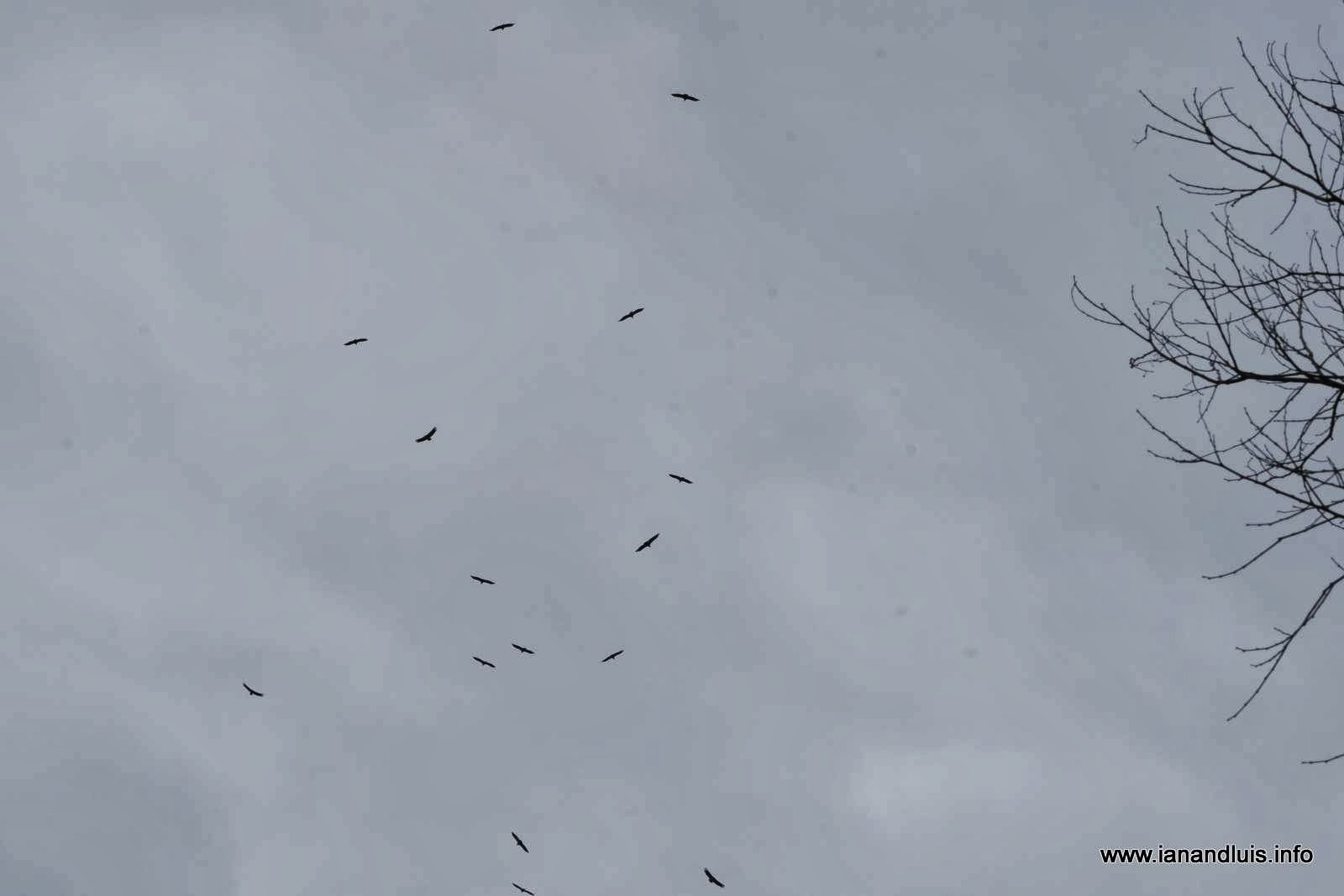We've known for sometime that wild boar visit the garden but up to now we haven't seen them. We occasionally see a small group of them in the lower field at dawn or dusk but our garden visits happen in the dead of night.
The tell-tale signs are turf up-turned and small holes dug with trotters and snouts. They love bulbs especially allium, lords and ladies and Spanish bluebells. A small group can cause a lot of damage in a very short time.
This morning I went to check the Bushnell night camera and immediately spotted an area of up-turned turf and a few holes where the boar had been. I hoped that the camera had managed to get the evidence on film...
Sure enough there are half a dozen short videos of what looks like a young, solitary female, wandering back and forward around the wild area of the garden. When the boar goes out of shot you can hear her digging at the side of the camera before she returns into shot near the pond.
Thankfully they never seem to venture into the vegetable beds which are very close. Saying that, up to now, we have had little damage from any garden visitors including deer, boar, badgers, martens....Don't forget to check out the wide variety of wildlife we get in and around La Pasera on our Smaller Tales from Toriello Blog.
And finally, Wentworth and Gawber enjoying a moment of togetherness in the evening sun.
The tell-tale signs are turf up-turned and small holes dug with trotters and snouts. They love bulbs especially allium, lords and ladies and Spanish bluebells. A small group can cause a lot of damage in a very short time.
This morning I went to check the Bushnell night camera and immediately spotted an area of up-turned turf and a few holes where the boar had been. I hoped that the camera had managed to get the evidence on film...
Sure enough there are half a dozen short videos of what looks like a young, solitary female, wandering back and forward around the wild area of the garden. When the boar goes out of shot you can hear her digging at the side of the camera before she returns into shot near the pond.
Thankfully they never seem to venture into the vegetable beds which are very close. Saying that, up to now, we have had little damage from any garden visitors including deer, boar, badgers, martens....Don't forget to check out the wide variety of wildlife we get in and around La Pasera on our Smaller Tales from Toriello Blog.
And finally, Wentworth and Gawber enjoying a moment of togetherness in the evening sun.
























































